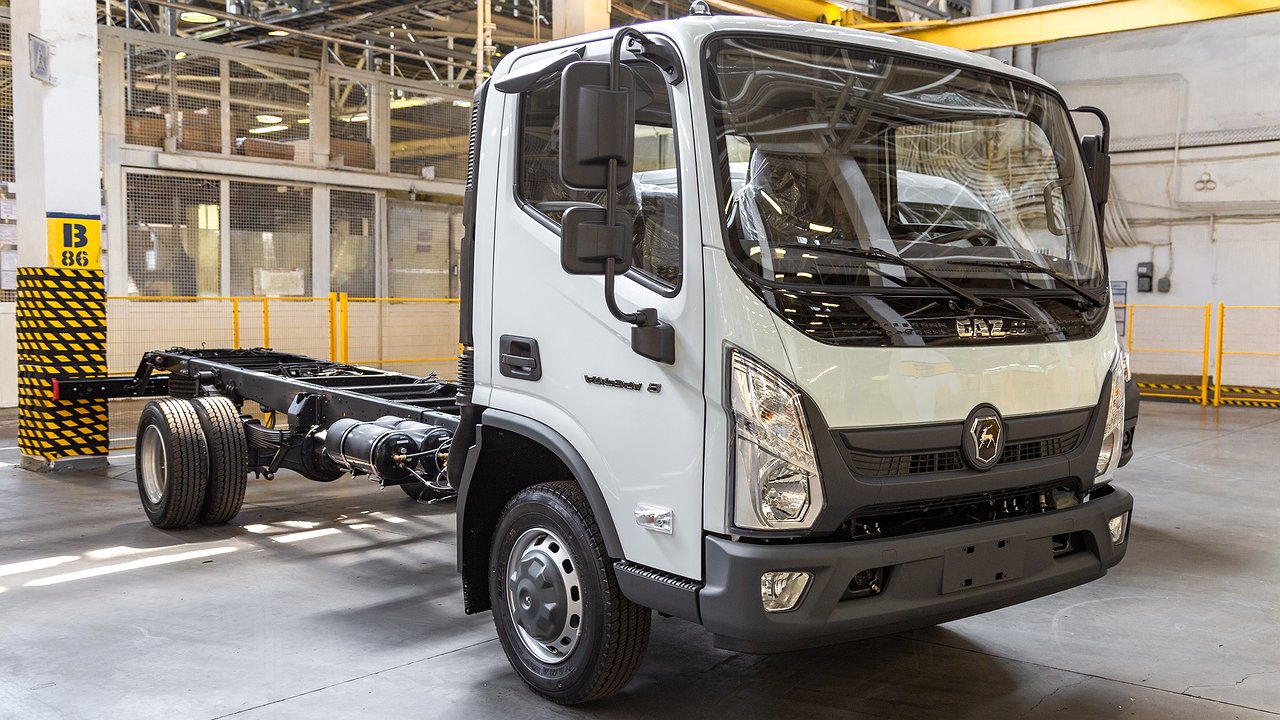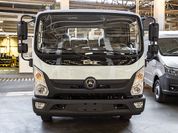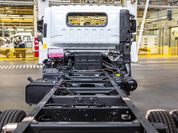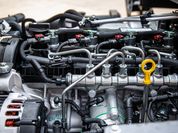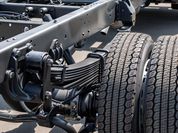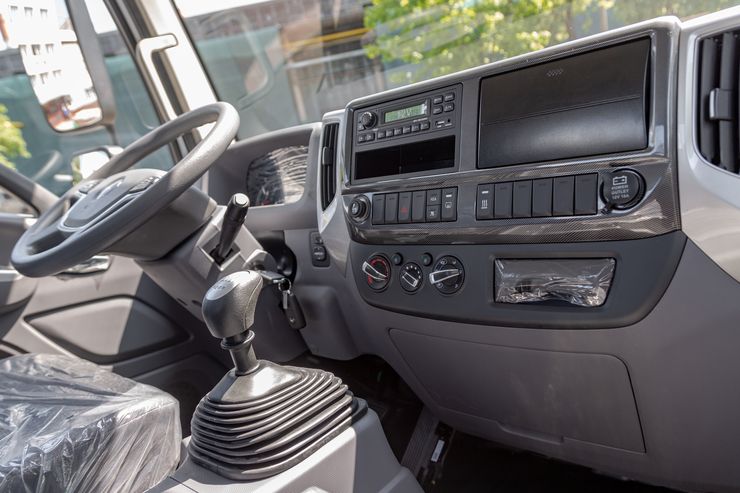Fortunately, Russian manufacturers already had something to offer at the “point of no return”: many problems in the medium-duty segment were solved thanks to the “Valdai 8” – a new Nizhny Novgorod truck with a gross weight of up to 7.5 tons , which can carry up to 4 .6 tons of cargo “on board” and has a high maneuverability necessary for urban use. The car is equipped with a new economical G-series diesel engine, which in city mode consumes about 11 liters of fuel per “hundred”. A comfortable cabin, sufficient arsenal of optional equipment, a strong frame, a cabover layout – everything is there. But the most important thing is warranty, service and access to spare parts, throughout Russia and without a multi-day waiting period.
What about the special equipment mentioned above? Russian car manufacturers also produce it. In particular, at the Saransk dump truck plant, for example, they make tow trucks that can transport even commercial equipment, manipulators, auto-hydraulic lifts, dump trucks and much more – based on well-known models such as “Gazelle Business” or ” Gazelle NEXT”. At the same SAZ they unloaded also raised the already mentioned problem of environmental services: on the basis of the Lawn NEXT model, several types of garbage trucks were built at once. They made such a machine on the “Valdai 8” truck – with a spacious hopper of 6 cubic meters and a manipulator which can lift up to 600 kg.
Yes, the problems caused by sanctions and the departure of imported car companies hit the commercial segment the hardest, but domestic manufacturers of trucks and special equipment were the fastest to ramp up production. In this simple way, very interesting competition in the comtrans segment is emerging in Russia for the first time in a long time. Domestic car manufacturers, which have maintainability, attractive prices, a wide dealer network and affordable spare parts, will fight for their right to the domestic market with Chinese equipment, which is even more technologically advanced and diverse. How will this fight end? We’ll find out soon enough based on the sales results. Ultimately it is the buyer who votes, and he always votes fairly – because in rubles.







